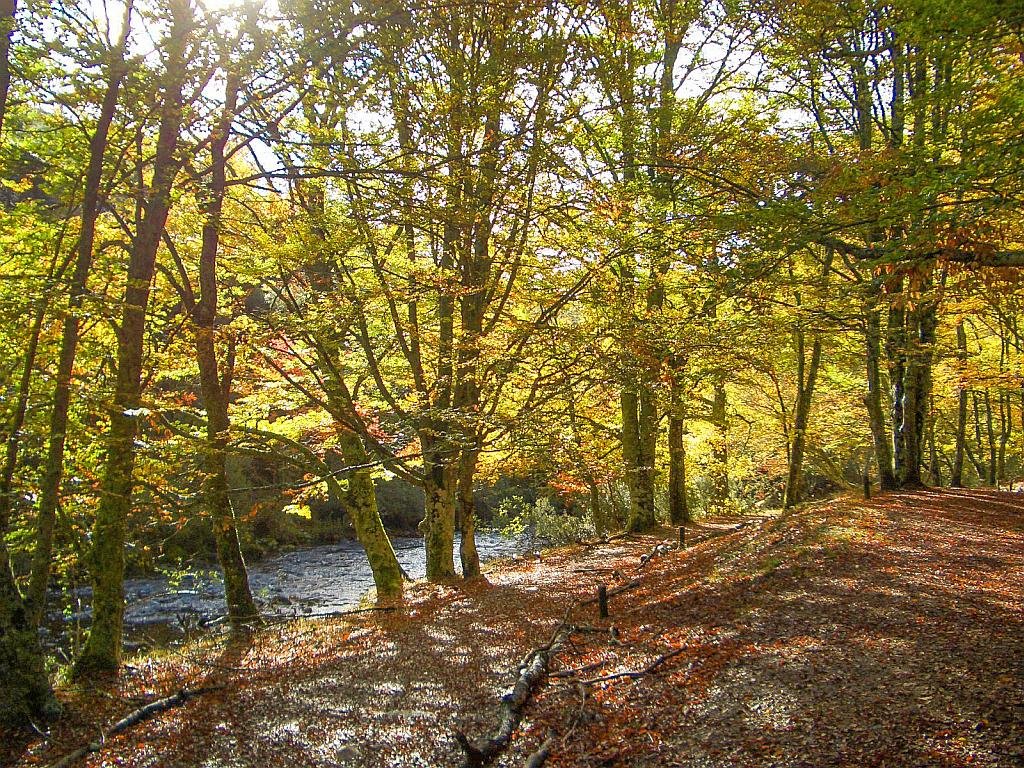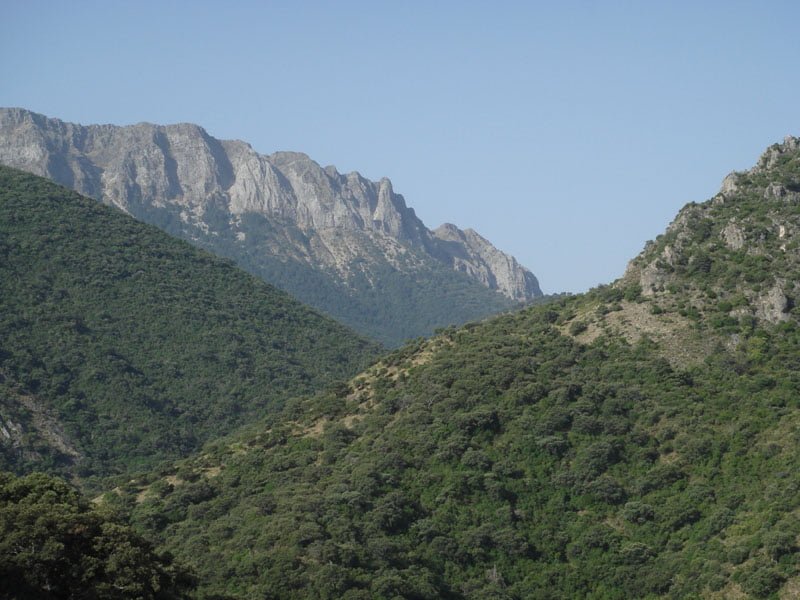- Region: Madrid
- Declared a protected area: 1974
- Park surface area: 250 hectares
- Towns and villages: Montejo de la Sierra
The Hayedo Montejo beech forest is located on the slopes of the Sierra de Ayllón and is protected as a Natural Site of National Interest. It is a site of Community Importance (SCI) of Alto Lozoya and is also included within the limits of the the Sierra del Rincón Biosphere Reserve.



